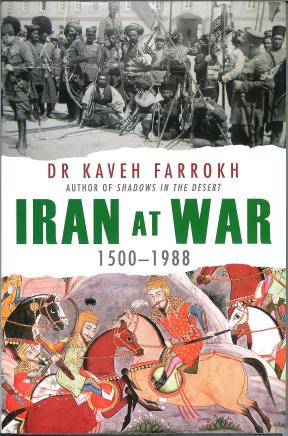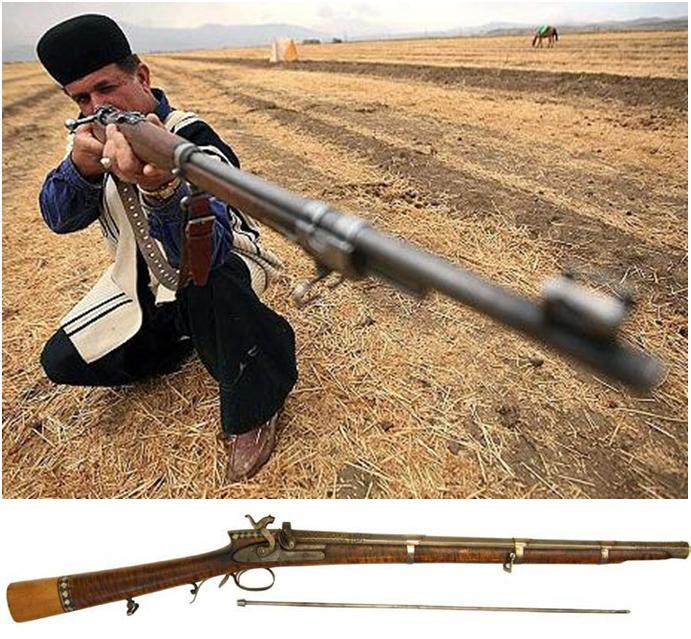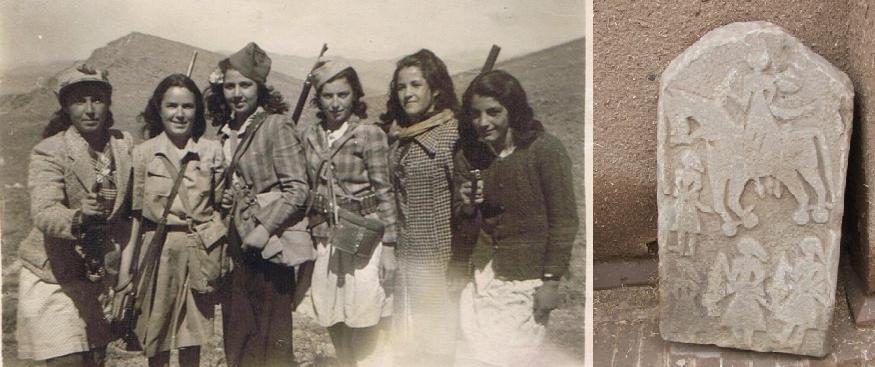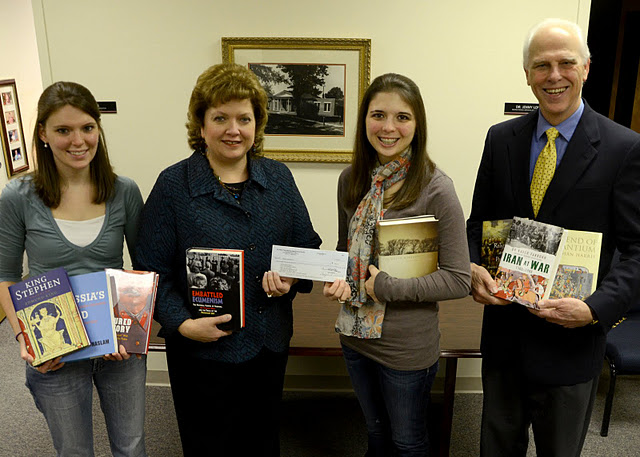Kaveh Farrokh’s third book, entitled -(ایران در جنگ (۱۹۸۸-۱۵۰۰-Iran at War: 1500-1988 has been reviewed by the Iran-based Library, Museum and Center of Manuscripts –کتابخانه، موزه و مرکز اسناد –
Below is one excerpt of that review:
-فرخ با تحلیل جنگ های مذهبی و غیرمذهبی رخ داده در این مدت به ما نشان می دهد که چگونه ایران از همه طرف (شرق، غرب، جنوب) و در دوره های مختلفی مورد هجوم همسایه هایش قرار گرفته است… تحلیل های فرخ از انقلاب اسلامی و جنگ ایران و عراق، اطلاعاتی در مورد پیشینه نظامی ایران در اختیار ما می گذارد که تا به حال مطرح نشده است.-
“Farrokh has analyzed the religious and non-religious wars and has demonstrated how Iran has been attacked by its neighbors from all sides (east, west and south) over several periods…Farrokh’s analyses of the Islamic revolution and the Iran-Iraq war provides us information that has hitherto remained unmentioned…”
Kindly note that the Farrokh text has been reviewed by other major venues such as the Wall Street Journal (click icon below for details…) The review by the Iran Library, Museum, and Center of Manuscripts concludes by noting that: -جمع آوری و طبقه بندی اطلاعات تاریخی حدود ۵ قرن یک کشور کار بسیار دشواری است و به نظر می رسد کاوه فرخ، به خوبی از پس آن برآمده است- ”The compilation and categorization of historical information spanning five centuries is a very difficult task and it would seem that Kaveh Farrokh has done well in achieving this.” [Click to Enlarge] (Left) Young Lur women from Malayer pose with their pistols and rifles circa early 1960s. The women of Luristan often accompanied their husbands to battle in the armies of Karim Khan Zand and were famed for their skills with firearms, archery and horseback riding. Many of these traditions endure to this day among the Lurs. (Picture source in Facebook, with special thanks to Shahyar Mahabadi and the Moradi clan) (Right) Pre-Islamic tombstone of a female warrior in Malayer. Iranian women have often been cited as warriors, one example being the presence of female fighters in the armies of Shapur I in the 3rd century AD (Picture source in Facebook, with special thanks to Shahyar Mahabadi and the Moradi clan). Farrokh has also been interviewed on a number of major media outlets on his third text (see for example interviews in Voice of America, (August 14, 2011) and Pars TV (August 27, 2011). The University of British Columbia’s Asian Studies program recently gave Kaveh Farrokh a tribute acknowledging his long association with the University of British Columbia – kindly see video showing the distinguished Professor Harjot S. Oberoi who is a world-class historian at the University of British Columbia’s Asian Studies program. Address by Professor Harjot S. Oberoi of the University of British Columbia (UBC) Asian Studies Department: Introduction to “An Evening with Dr. Kaveh Farrokh – Sassanian Architecture” (Monday March 12, 2011). This talk was given as part of the overall drive by the UBC Asian Studies department to promote support for the University of British Columbia’s Iranian Studies and Persian language initiative. Farrokh’s text in also being increasingly consulted in various US and Western venues. Select history books cited by Union University in November 2011 – note Union University History Department Chair, Professor Stephen Carls (at right) displaying a copy of Farrokh’s Iran at War (for full report click here…).







